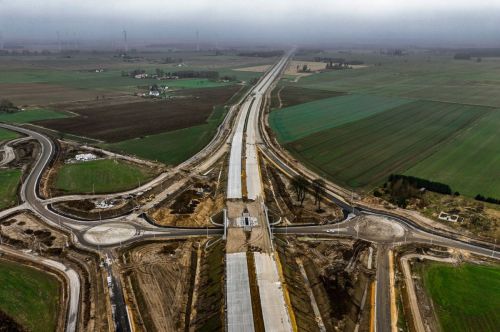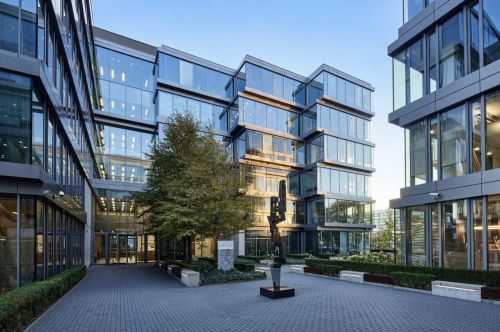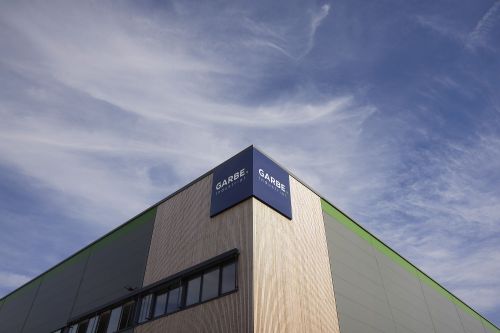Empty desks, no news, a complete freeze – a day in the life of an investment team employee. 2008 certainly was a very special year for the global investment market. 
And, as it turns out, for all the CEE countries tooMladen Petrov The financial crisis has clearly affected property investment across the world in 2008. In the first six months of 2008, it looked like the CEE region would be able to withstand these forces to a certain extent. In the second half of the year, however, it has become clear that this region too is driven by the highly international financial system. The proof is to be seen in the 2008 investment volumes. Since the beginning of 2008, EUR 9.5 bln had been invested in institutional property in the CEE market (Bulgaria, Croatia, the Czech Republic, Hungary, Poland, Romania, Russia, Serbia, Slovakia and Ukraine), whereas in 2007 the investment volume stood at EUR 1






























































